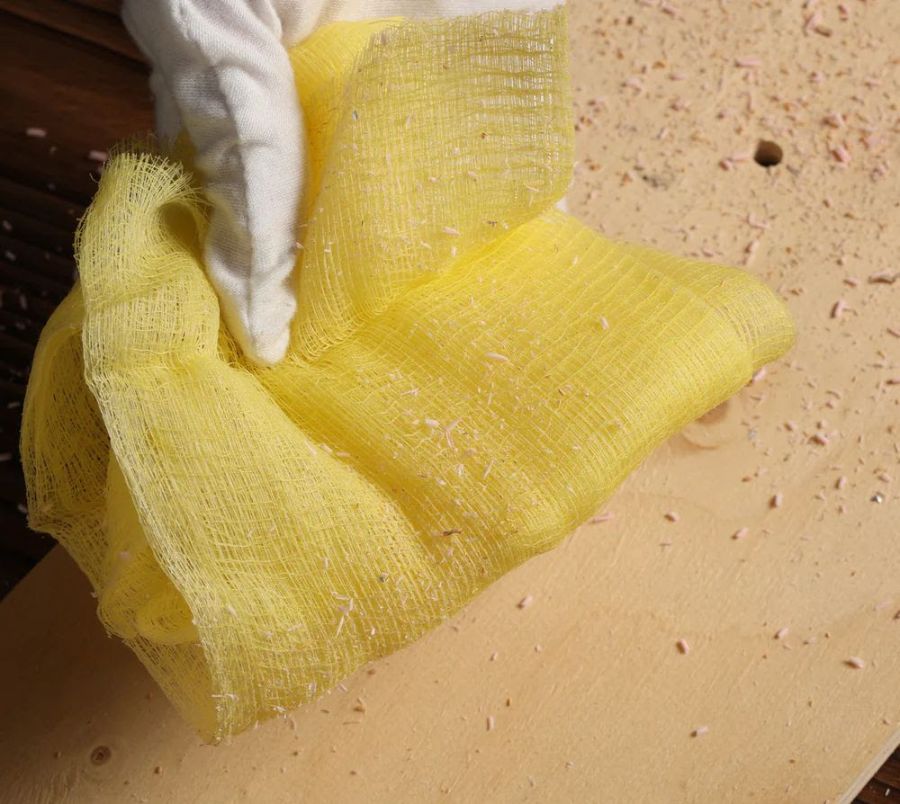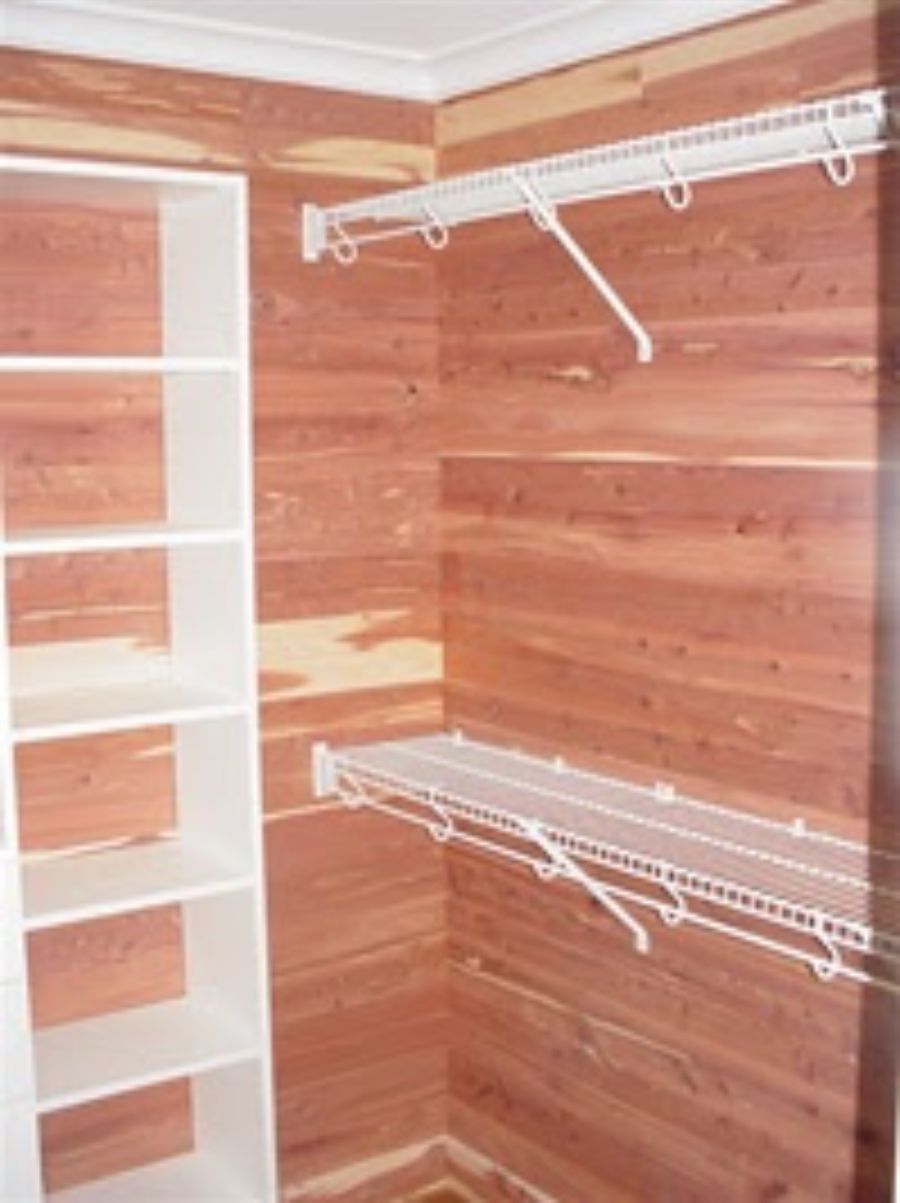Have you ever just happened to be walking around the exterior of your home during a rainstorm, glance at your gutters, notice the amount of water jumping OVER your gutter or a portion of a gutter and wonder why the heck you have gutters in the first place?
Perhaps the home maintenance version of the old adage, “With friends like these, who needs enemies?”, water jumping over a corner of your gutter system, small sections of it, or maybe whole long lengths of it can be quite annoying.
Seeing something like this occurring may trigger the thought as to whether or not there were some type of solution to this type of situation.
Although not fool-proof, and with enough water falling from the sky, it certainly may not be the cure-all, but the answer to this long-standing dilemma may be a ‘gutter diverter’.

A gutter diverter is a device that helps control the flow of rainwater from your roof. When it rains, water runs down your roof into the gutters, which then carry it toward the downspouts.
When a gutter diverter is attached directly to the gutter itself (not the downspout), it sets up a system that is designed to control and redirect the flow of rainwater before it even reaches the downspout. These diverters are usually installed along the edge of the gutter system, on one of the inside or outside corners (for those gutter systems that are ‘mitered’), or often just above doorways, windows, or entry areas where too much water tends to pour over.
The main purpose of gutter diverters is to guide water away from specific spots, keeping people dry and protecting surfaces below.
One of the more common uses for a gutter diverter is above front or back doors. Without them, heavy rain can spill over the edge of the roof and land right where people walk in or out.

The gutter diverter works like a small, angled shield that pushes the rainwater to the sides and toward the inside of the gutter instead of letting the water drop straight down and over it. This keeps the space under the doorway safer and more comfortable, especially during storms.
Gutter diverters can also protect siding, windows, decks, and patios. If water is allowed to flow directly over these areas, it can cause staining, wood rot, or even leaks inside the home. By pushing the rainwater to another section or to the inside of the gutter, the diverter reduces the amount of water hitting those sensitive spots. This small change can potentially add years to the life of siding, doors, and other building materials.

Gutter diverters are usually made from aluminum, plastic, or galvanized steel. They are lightweight, affordable, and easy to install. Most homeowners can attach one with a few screws or clips, and once in place, the diverter requires very little maintenance. Some are designed to blend in with the gutter, so they don’t change the look of the home, while others are more visible but still functional.
It’s important to note that gutter diverters don’t replace regular gutter maintenance. Unless there is an effective gutter debris protection system in place, leaves and debris still need to be cleaned out to make sure water can move freely. If the gutter is clogged, even the best diverter won’t be able to do its job.
The gutter diverter is a small but powerful tool.
Though certainly not the solution for every scenario, I believe it is absolutely worth a shot to try it out if you have particular portion of your gutter system that always seems to have water pouring over it in the most inopportune of fashions.







